Open-source code runs on every computer on the planet—and keeps America’s critical infrastructure going. DARPA is worried about how well it can be trusted.
By
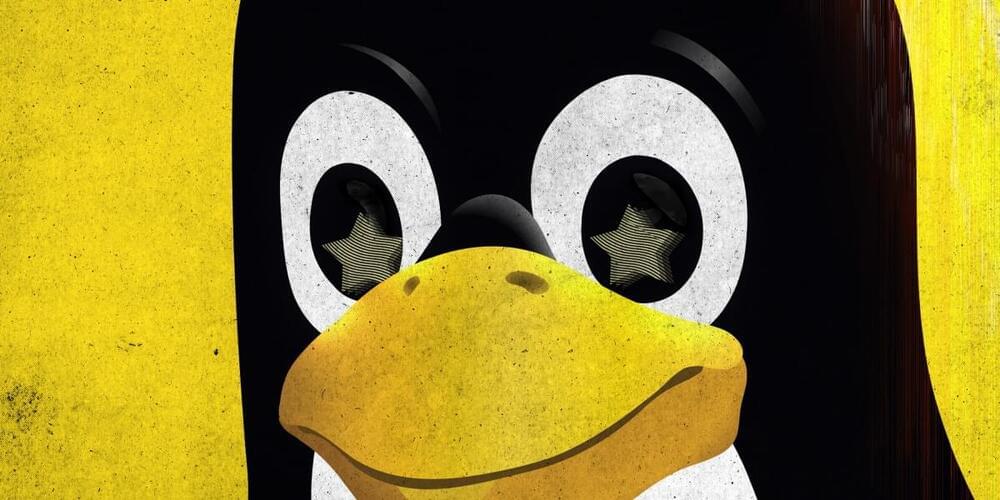
Open-source code runs on every computer on the planet—and keeps America’s critical infrastructure going. DARPA is worried about how well it can be trusted.
By
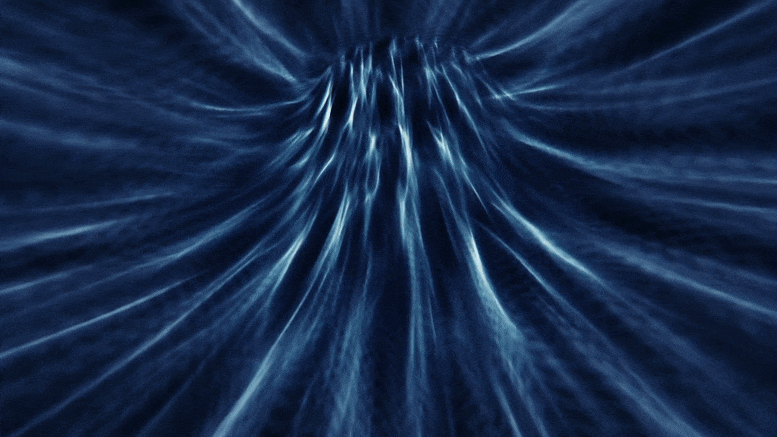
Physicists demonstrated a way of storing quantum information that is less prone to errors by subjecting a quantum computer’s qubits to quasi-rhythmic laser pulses based on the Fibonacci sequence.
Physicists have created a remarkable, never-before-seen phase of matter by shining a laser pulse sequence inspired by the Fibonacci sequence at atoms inside a quantum computer. Despite there still being only one singular flow of time, the phase has the benefits of two time dimensions, the physicists reported on July 20 in the journal Nature.
This mind-bending property offers a highly desirable benefit: Information stored in the phase is far more protected against errors than with alternative setups currently used in quantum computers. As a result, the information can exist for far longer without getting garbled, an important milestone for making quantum computing.


A research partnership between Penn State and the Massachusetts Institute of Technology (MIT) could enable an improved method to make a new type of semiconductor that is a few atoms thin and interacts with light in an unusual way. This new semiconductor could lead to new computing and communications technologies that use lower amounts of energy than current electronics.
The new type of semiconductor, tin selenide (SnSe), would be useful for developing a new type of electronics known as “photonics” that use particles of light, or photons, to store, manipulate and transmit information. Traditional electronics use electrons to do this, while photonics use photons. Tin selenide is a binary compound consisting of tin and selenium in a 1:1 ratio.
The material has a peculiar interaction with light that gives it great potential for use in electronics.

China’s dependence on foreign suppliers of computer chips could undermine the country’s transition to electric vehicles, tech traders and researchers say.
The shortage of chips, or semiconductors, is more acute in China than elsewhere and could hit the nation’s EV momentum, according to CATARC, the China Automotive Technology and Research Center, because its fledgling domestic chipmaking industry is unlikely to be in a position to cope with demand within the next two to three years, it says.
With delivery delays of up to a year, that means carmakers in China are occasionally being forced to pay expensive premiums to chip brokers in cities like Shenzhen, where there is a “grey market” trade in semiconductors.
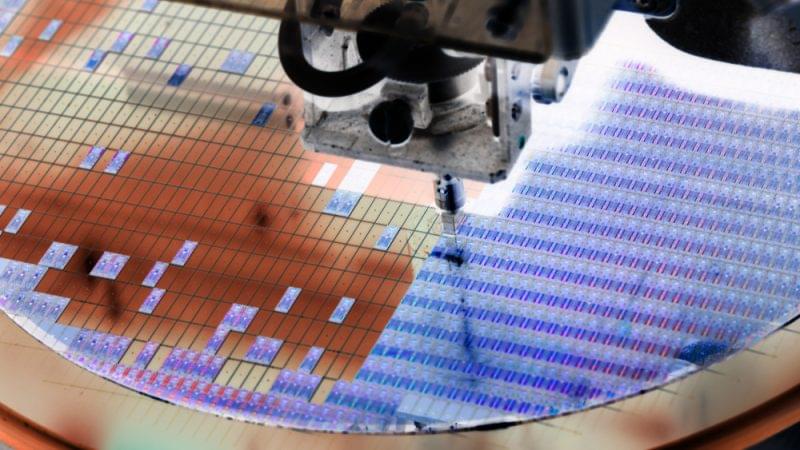
France is set to welcome a new semiconductor production site on its soil as it continues the drive to position itself on the global market amid growing shortages, though it is still unclear where funding for the new plant is coming from.
Read the original French article here.
France will open a new semiconductor factory, according to the announcement by French company STMicroelectronics and US company GlobalFoundries released on Monday (11 July).
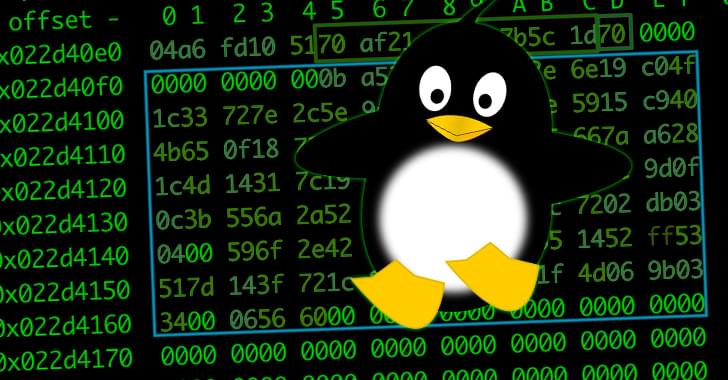

An Israeli security researcher has demonstrated a novel attack against air-gapped systems by leveraging the SATA cables inside computers as a wireless antenna to emanate data via radio signals.
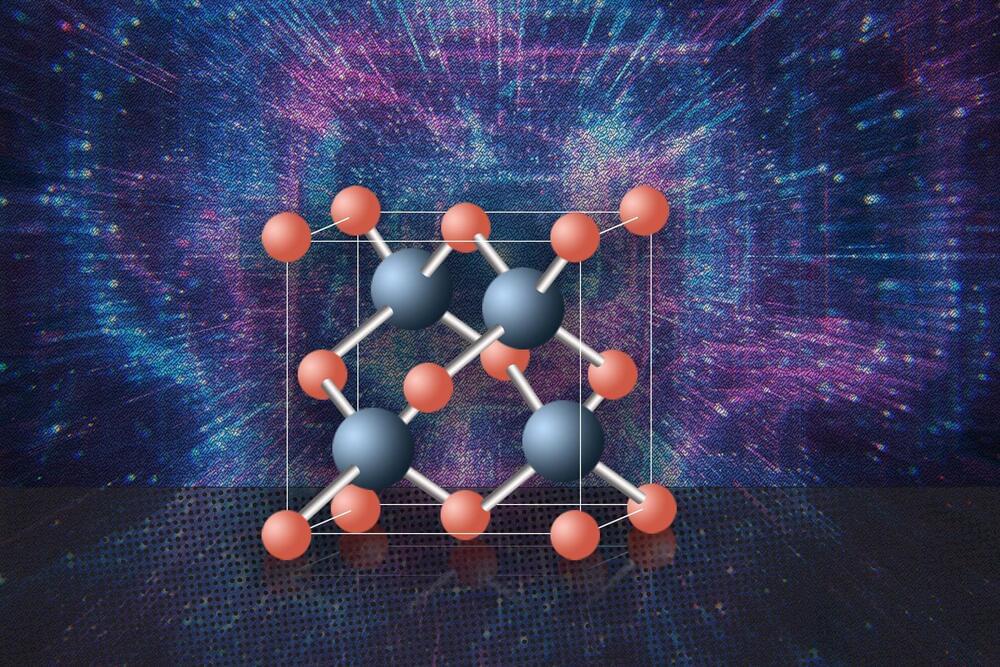
Silicon is one of the most abundant elements on Earth, and in its pure form the material has become the foundation of much of modern technology, from solar cells to computer chips. But silicon’s properties as a semiconductor are far from ideal.
For one thing, although silicon lets electrons whizz through its structure easily, it is much less accommodating to “holes”—electrons’ positively charged counterparts—and harnessing both is important for some kinds of chips. What’s more, silicon is not very good at conducting heat, which is why overheating issues and expensive cooling systems are common in computers.
Now, a team of researchers at MIT, the University of Houston, and other institutions has carried out experiments showing that a material known as cubic boron arsenide overcomes both of these limitations. It provides high mobility to both electrons and holes, and has excellent thermal conductivity. It is, the researchers say, the best semiconductor material ever found, and maybe the best possible one.